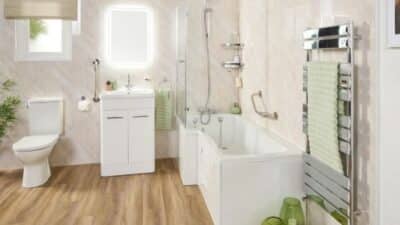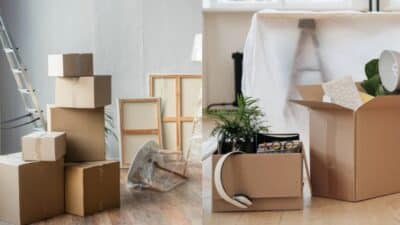Flooring is indisputably a core component of home design, being closely tied to every aspect that defines a living environment. Apart from having a direct impact on comfort, safety, and functionality levels, as well as the overall look and feel of the space, it also has the potential to enhance the value of the property, should the house be put up for sale. Therefore, choosing the right floor type is arguably one of the most important decisions you’re going to make when designing a house.
Fortunately, flooring choices abound, giving homeowners the possibility to choose from a diverse range of options, from hardwood to laminate, tile, linoleum, vinyl flooring, concrete, and so on, and create unique interiors that align with their vision and lifestyle.
But which type of flooring should you opt for? Well, each of the options available in the market comes with both pros and cons, so the answer largely depends on your individual preferences and requirements. That being said, there are a few key factors you should take into account before deciding.
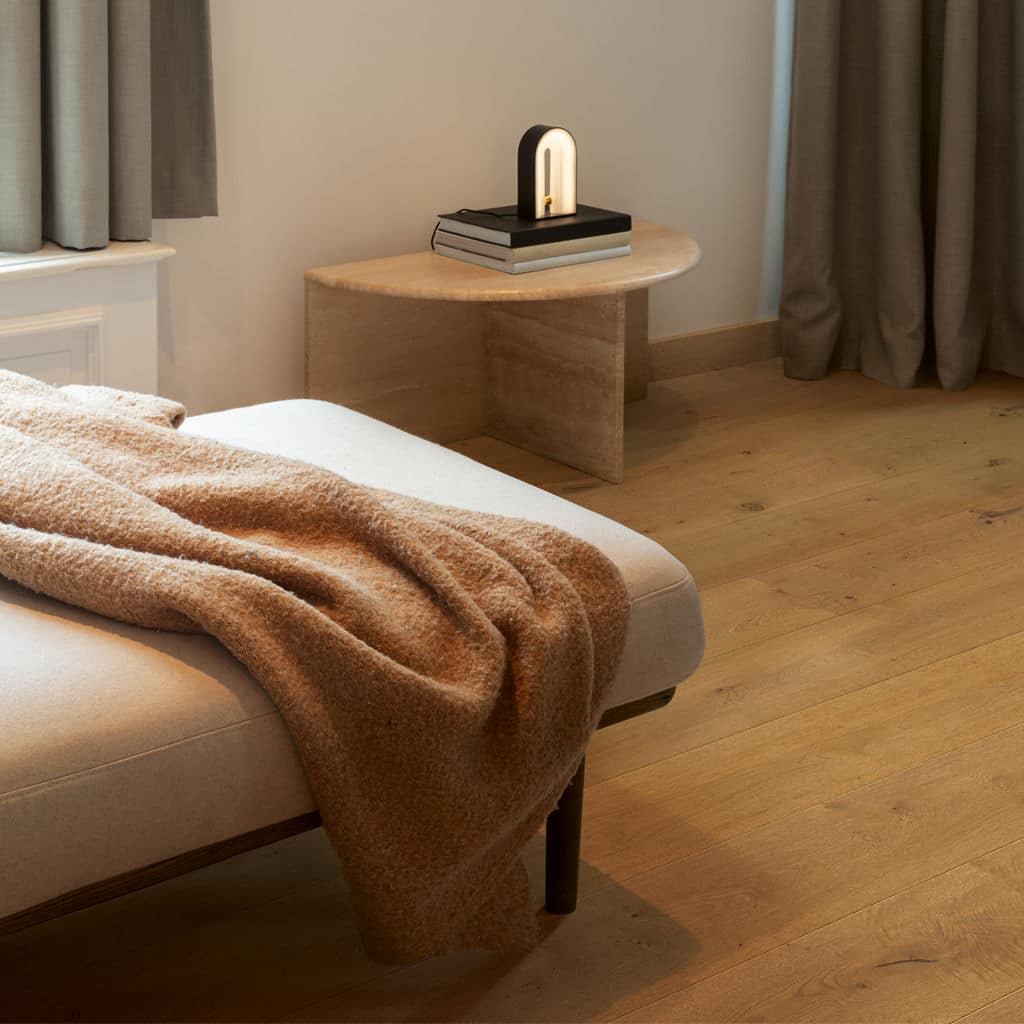
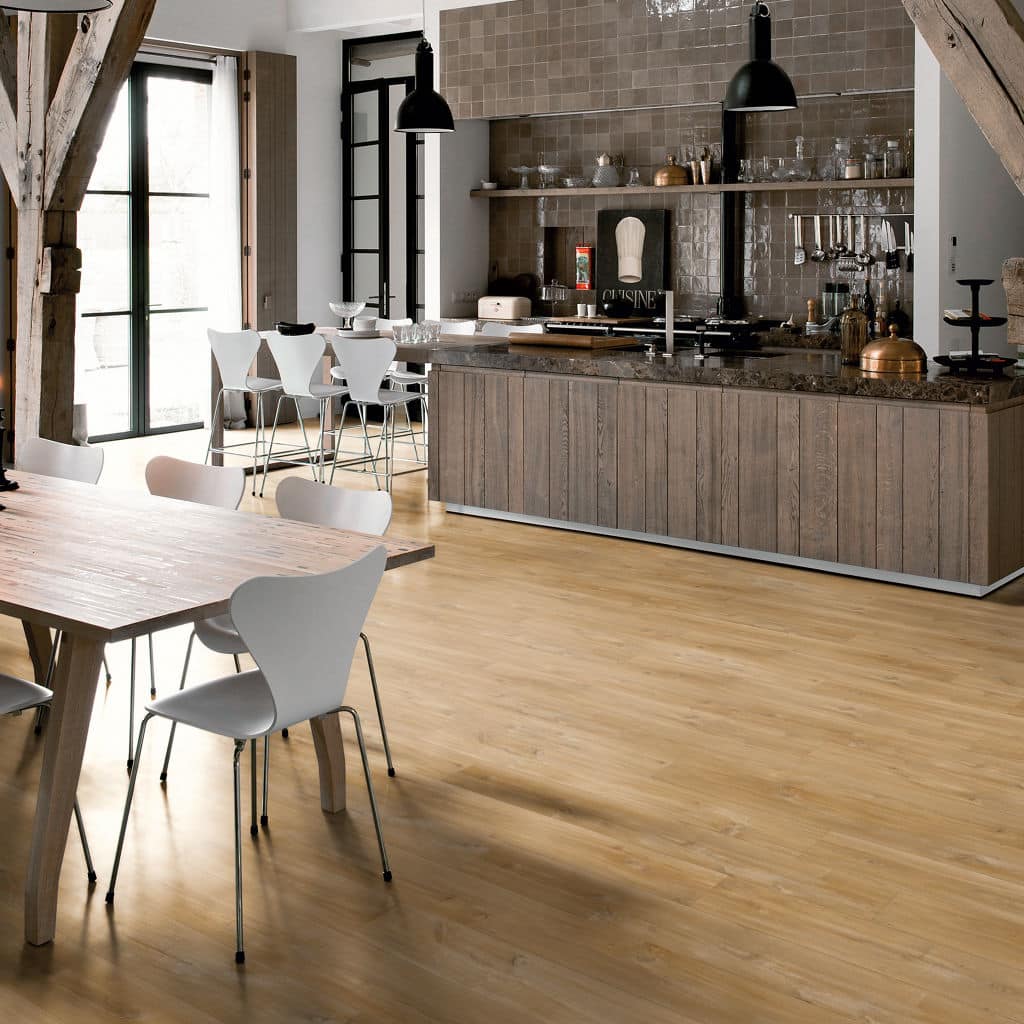
Lifestyle
A house should be shaped around the people who inhabit it, not the other way around. Individuals have different needs and lifestyle preferences, and all the elements in their homes should reflect and accommodate them, including the floors. So, the first aspect you need to consider when evaluating flooring options is your personal needs and the way you intend to use the space. Understanding the traffic level that your floors will have to endure is crucial for making a smart choice.
If you have pets or kids that will run around the house all day or host parties frequently, durability will probably be your main concern so vinyl or laminate flooring will probably be the best option for you. However, if you don’t expect your rooms to see much wear and tear and you’re all about luxurious and refined interiors, hardwood or natural stone might be more up your alley.
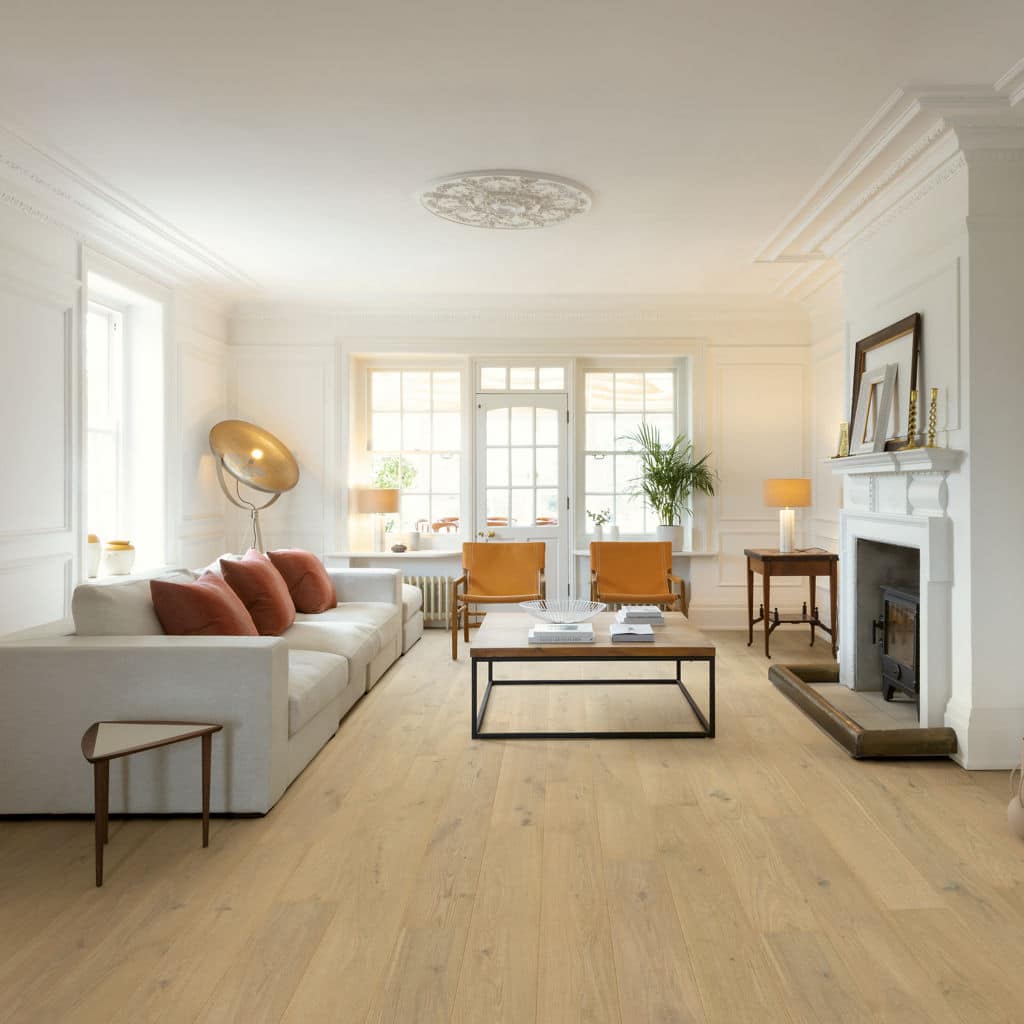
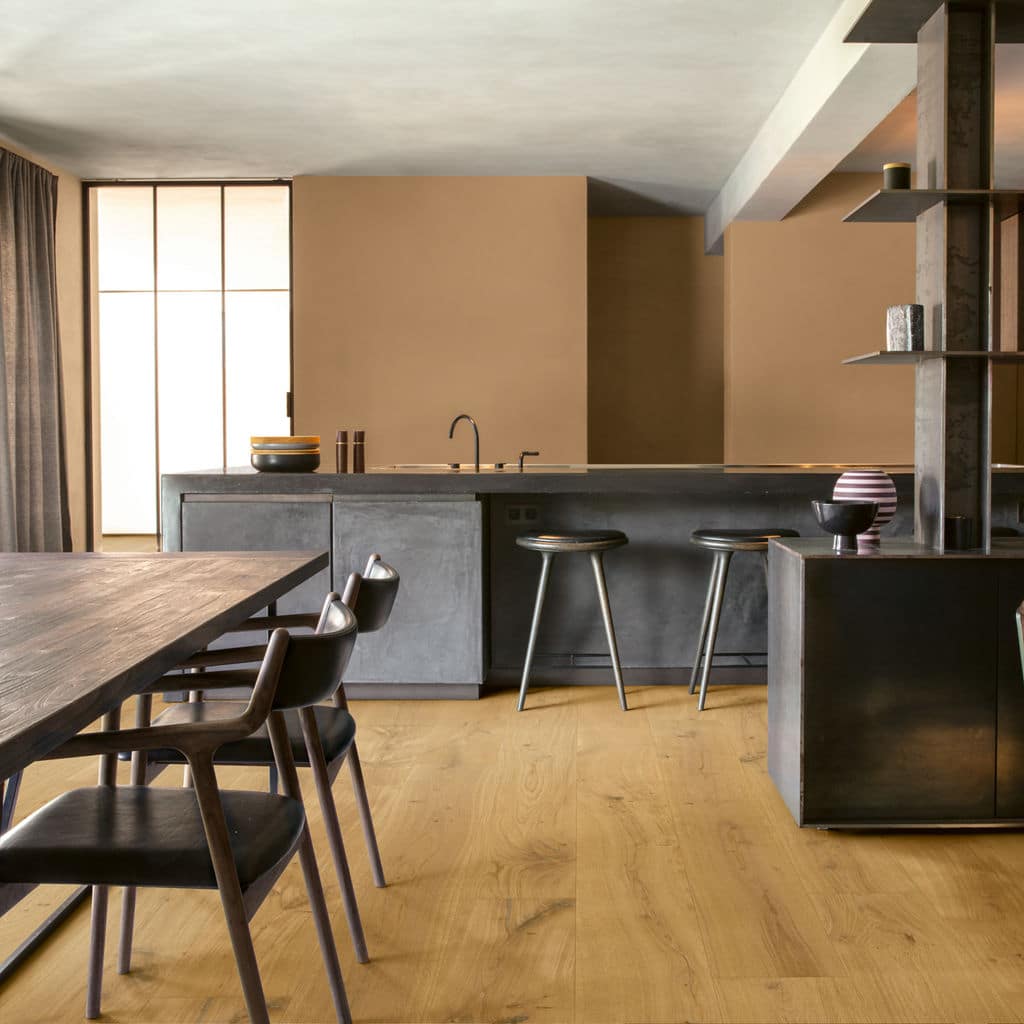
Maintenance
The amount of work you’re willing to put in to keep your floors in great condition is another aspect that you should think about because some floors are easier to deal with than others.
If you want something you can clean quickly and not stress about, vinyl flooring is about as low-maintenance as it gets. It can handle water, dirt, spills—you name it. A quick sweep and mop, and you’re good. Laminate flooring is also pretty easy to care for, but you do need to be careful with water. Hardwood, on the other hand, looks amazing, but it can scratch easily and doesn’t love water. You’ll want to use special cleaners and maybe even refinish it every so often.
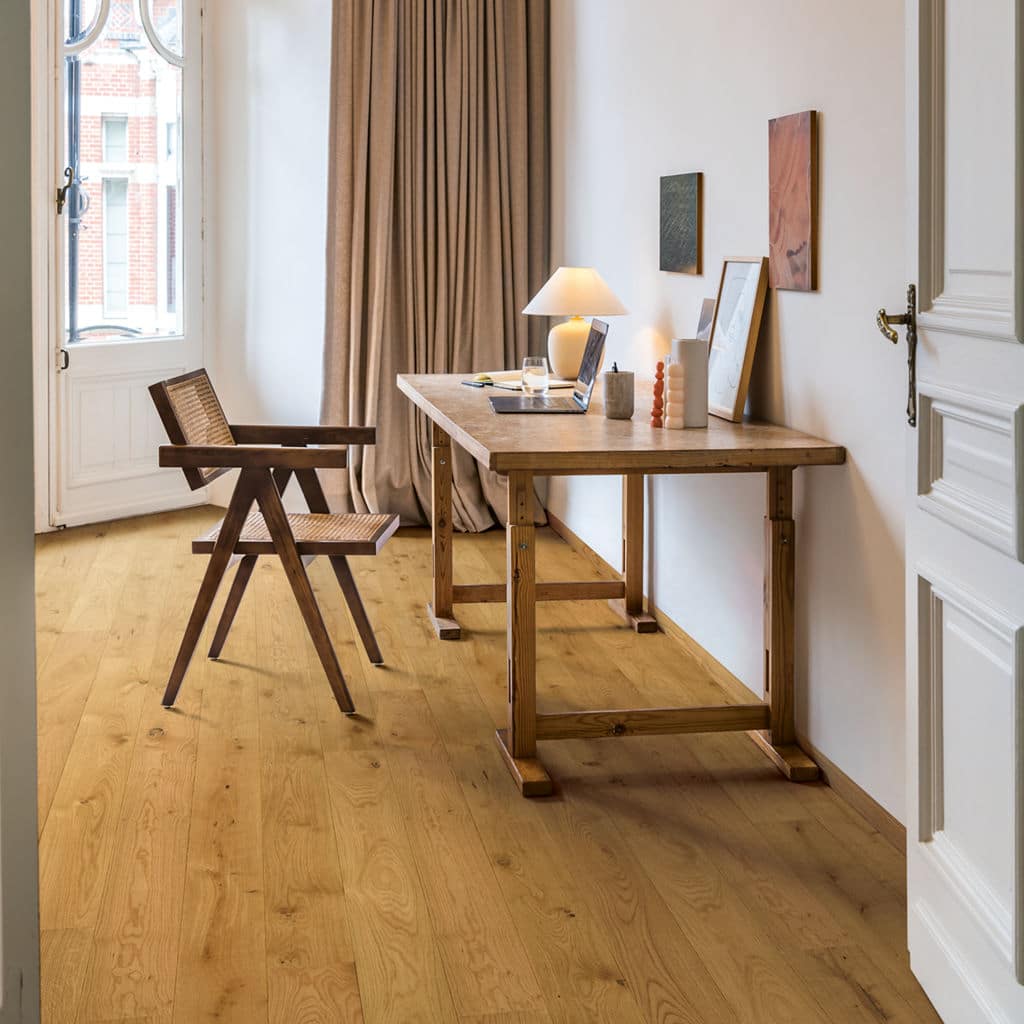
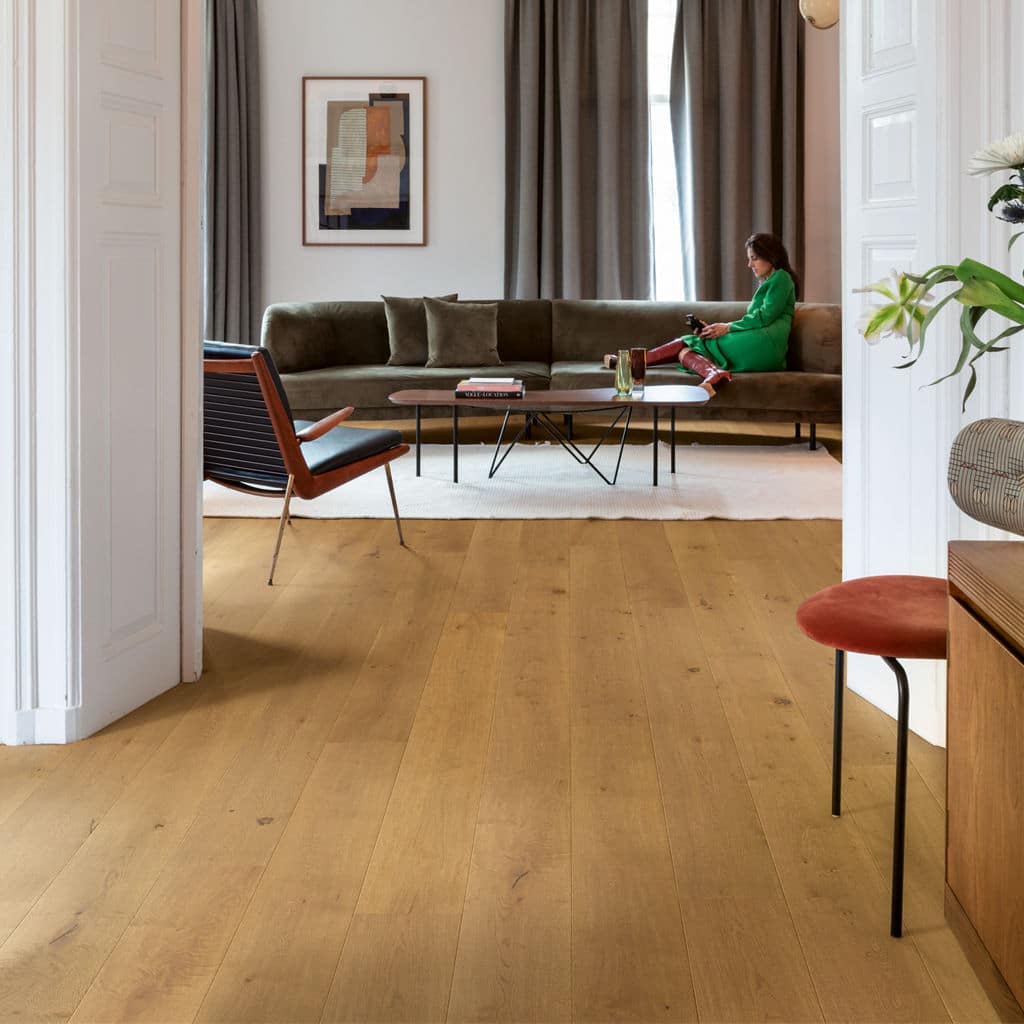
Installation
This is one of those things people tend to overlook, until they’re faced with it. If you’re handy and want to install the floors yourself, laminate and vinyl flooring are both pretty DIY-friendly. A lot of them come in click-together planks that don’t require glue or nails. It can be a satisfying weekend project if you’re up for it. Hardwood, tile, or carpet? Probably better to leave that to the pros unless you’ve done it before. Installation costs can vary, so definitely factor that into your budget too.
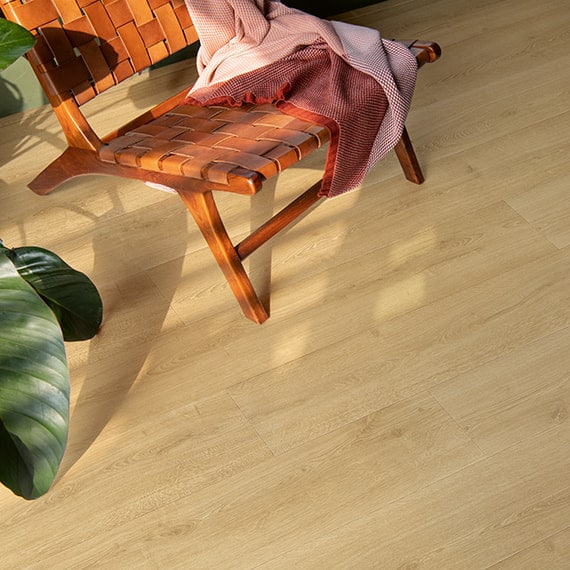
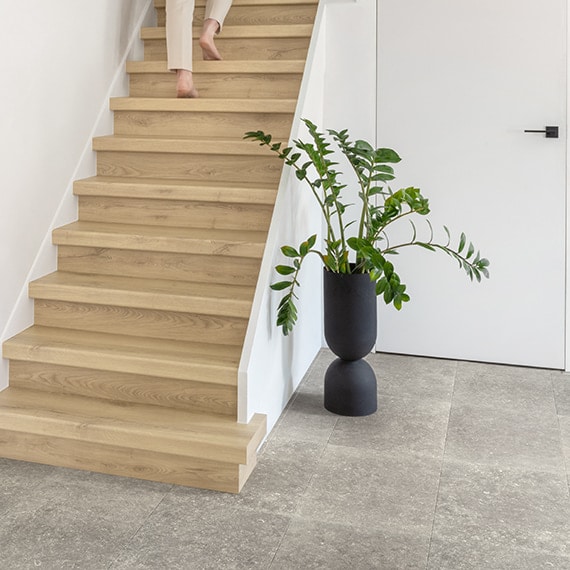
Aesthetics
Obviously, you want your floors to look good, so you also need to take into account the style and the overall ambience you want to create – and how different types of flooring can help you achieve that.
If you’re into the clean, modern look, wide planks in lighter tones are quite popular right now. If you want a cozy, rustic feel, warmer wood tones or textured finishes might be more to your liking. Bringing a few samples home and seeing them in your actual space can help you decide what would work best for your interiors.
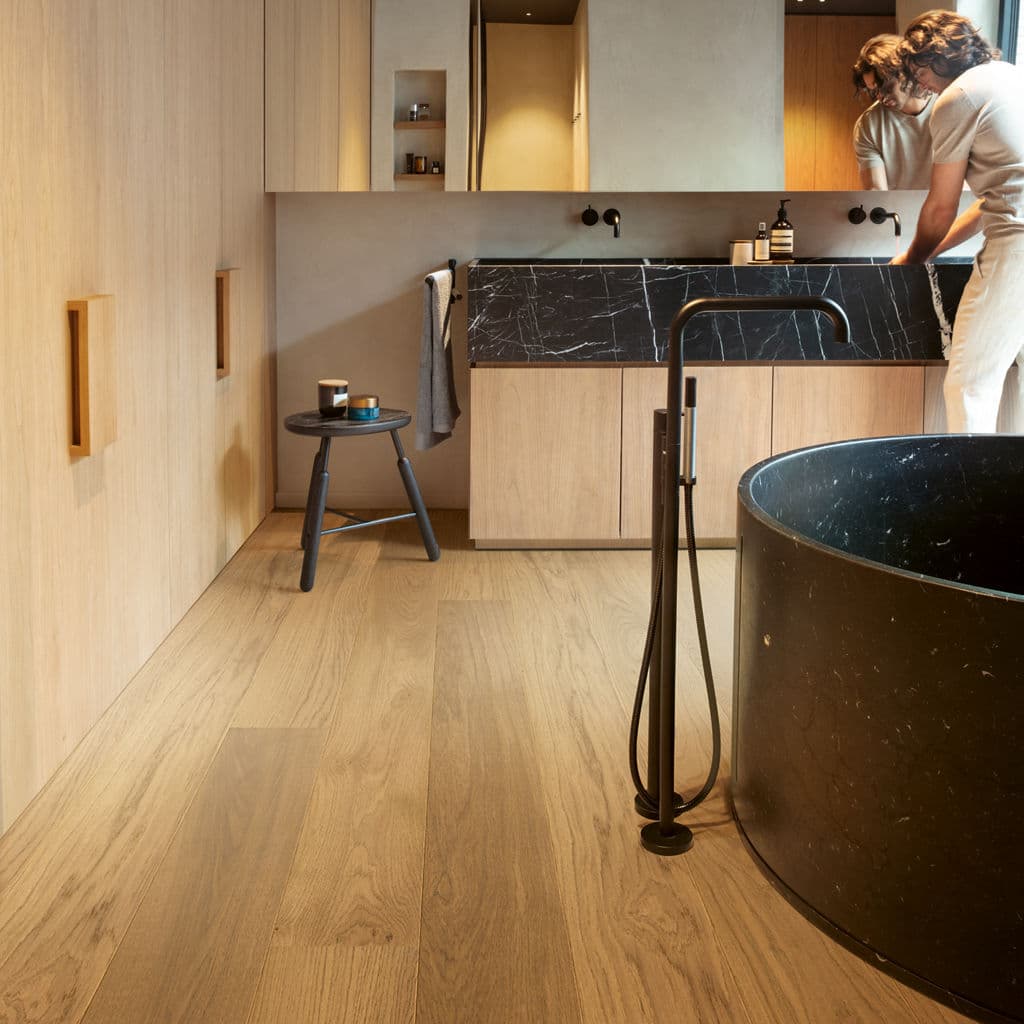
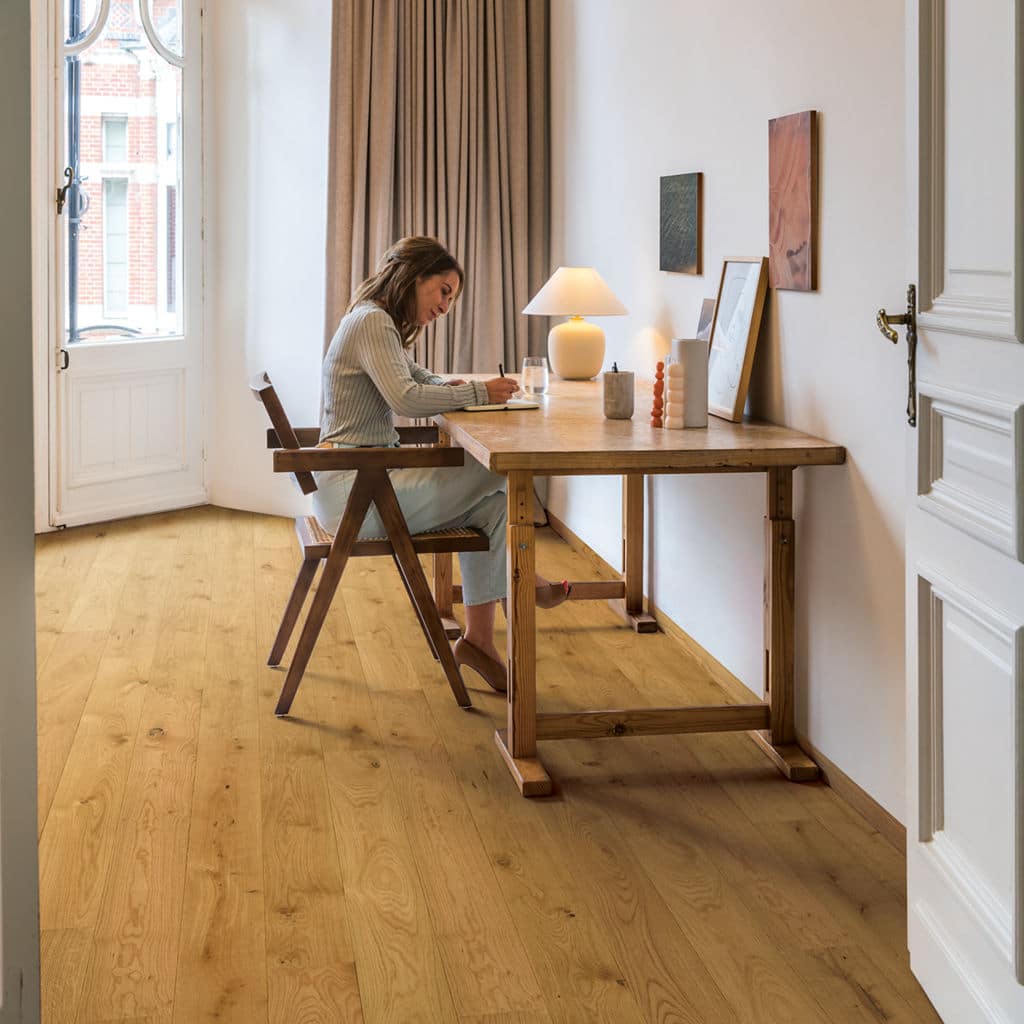
Room-specific requirements
Not all rooms are created equal—especially when it comes to water. Bathrooms, kitchens, laundry rooms, and basements are spaces that can get damp, and not all flooring holds up to that. Vinyl flooring is best suited for rooms that deal with constant moisture and humidity, like bathrooms and kitchens. It’s totally waterproof, which makes it a solid choice for anywhere that might see some splashes or leaks. Laminate flooring is water-resistant, not waterproof—so it’s okay for kitchens if you’re careful, but it’s not as great for bathrooms.
When it comes to bedrooms or living rooms, you’ve got more flexibility. Those spaces are usually dry and cozy, so carpet, hardwood, or even a nicer laminate could work well.
Costs
Your floors have to match your finances, not just your usage patterns and your style preferences. Splurging on higher-quality floors makes sense as long as it doesn’t force you to cut corners in other key areas of home design, in which case it might not be worth the financial effort.
The good news is that you don’t have to spend a fortune to get floors that look amazing. Laminate flooring is one of the more affordable options and still looks great. The same goes for vinyl flooring, especially the luxury vinyl planks (LVP)—they’re super stylish and surprisingly durable for the price.
Hardwood is definitely on the higher end. It looks absolutely amazing, but also requires a more significant investment. If you’re staying in your house long-term, it might be worth it. If you’re flipping or renovating on a tighter budget, laminate or vinyl might give you more bang for your buck.
Final Thoughts
At the end of the day, the best flooring for your house comes down to what fits your life—not just how you imagine your home should look. Whether you’re all about durability and ease with vinyl flooring, or you want that classic wood-look on a budget with laminate flooring, there’s something out there that’ll fit your tastes and lifestyle. Just take your time, do the research, and trust your gut. After all, you’ll be walking on this choice for years to come.
- 0shares
- Facebook0
- Pinterest0
- Twitter0

